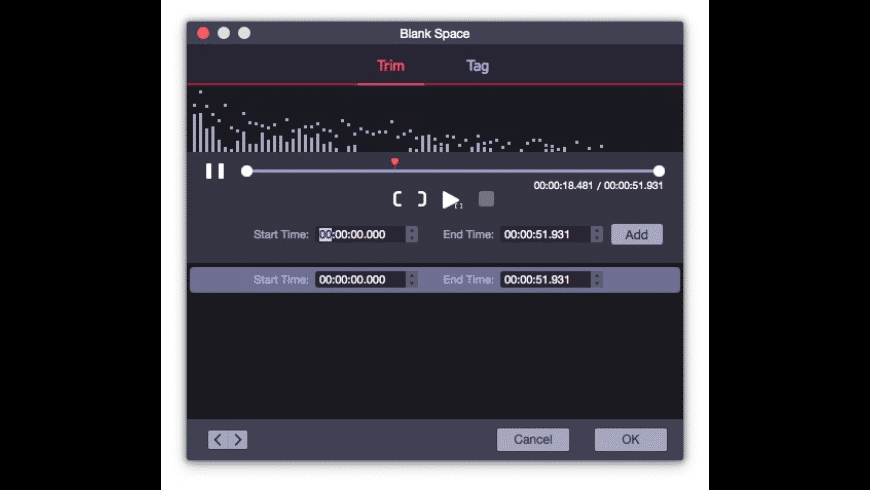

Tip: For best results, select the same device for both the speaker and microphone. If you have a headset, speak into the microphone. If you have a desk phone, pick up the desk phone receiver and speak into it.

If you have a handset, pick up the receiver and speak into it. (Optional) To set the volume of other microphones, do the following If the volume of your computer microphone is optimal, the status bar will fill to the middle portion of the test area. Under Audio device, next to Microphone, drag the slider and speak. In the lower-left corner of the Microsoft Lync main window, click the audio device menu, and then click Audio Device Settings. You can adjust and then test the volume of your microphone(s). Under Audio device, next to Speaker or Ringer, drag the slider to adjust the volume.Ĭlick the green arrow button to hear a sample ring or tone. In the lower-left corner of the Lync main window, click the audio device menu, and then click Audio Device Settings. You can adjust the then test the speaker and ringer volume: In a conversation window, click the audio device menu, above the participant list, and then select theaudio device you would like to use for the call. Open Lync, and, in the lower-left corner of the Lync main window, click the audio device menu, and then select the audio device you would like to use for your Lync calls. You can change the audio device that you use for your Lync 2010 calls at any time.
#Correct sound settings callnote how to#
Set the volume for your speaker and ringerĭemo: How to use and IP Phone or Audio Device You can also modify the settings to adjust the volume, check the call quality, and/or add an additional ringer for incoming calls. Microsoft Lync 2010 communications software detects your phone and any other compatible communications devices you are using, such as a headset, microphone, and speakers.


 0 kommentar(er)
0 kommentar(er)
